Are you curious about the materials that make up your everyday hygiene products? You might be surprised to learn that non-woven fabrics play a crucial role! From the soft comfort of a baby’s diaper to the effectiveness of a cleaning wipe, non-woven fabric applications are extensive in the personal hygiene sector. This post will explore various non-woven fabric examples specifically within this industry, highlighting their unique properties and benefits.
What are Non-Woven Fabrics? (Non woven fabric meaning)
Before diving into specific examples, let’s understand what non-woven fabrics are. Unlike woven or knitted fabrics made by interlacing yarns, non-woven fabrics are created by bonding together fibers through mechanical, thermal, chemical, or solvent means. This process results in a material with unique characteristics, making it ideal for various applications. Because of their versatility, they are found nearly everywhere.
Why Non-Woven Fabrics are Ideal for Personal Hygiene
Non-woven fabrics offer several advantages that make them perfect for hygiene products:
- Absorbency: Many non-woven fabric examples, especially those used in diapers and sanitary napkins, are designed for high absorbency. This is crucial for keeping the skin dry and comfortable.
- Softness: Comfort is paramount in hygiene products. Non-woven fabrics can be engineered to be incredibly soft and gentle against the skin.
- Strength and Durability: Despite their softness, non-woven fabrics can be surprisingly strong and durable, providing reliable performance.
- Breathability: Some non-woven fabrics are designed to be breathable, allowing air circulation and preventing skin irritation.
- Cost-Effectiveness: Non-woven fabrics are often more cost-effective to produce than woven or knitted fabrics, making them a practical choice for disposable hygiene products.
- Hygiene: Most importantly, non-woven fabrics are inherently hygienic, reducing the risk of bacterial growth.
Non-Woven Fabric Examples in Personal Hygiene: A Detailed Look
Let’s explore some specific examples of non-woven fabrics used in the personal hygiene industry:
1. Diapers (Non-woven diaper material)
Diapers are perhaps the most well-known application of non-woven fabrics in hygiene. Several different types of non-woven materials are used in a single diaper:
- Topsheet: This is the layer that comes into direct contact with the baby’s skin. It’s typically made from a soft, hydrophilic (water-loving) non-woven fabric, often polypropylene, designed to quickly draw moisture away from the skin.
- Acquisition and Distribution Layer (ADL): Located beneath the topsheet, the ADL is another non-woven layer that helps distribute the liquid evenly throughout the absorbent core. It’s often made from a bulkier, more resilient non-woven material.
- Backsheet: This is the outer layer of the diaper, providing a waterproof barrier. While traditionally made from polyethylene film, increasingly, breathable non-woven fabrics are being used in combination with the film for improved comfort and skin health.
- Leg Cuffs and Waistbands: These components often utilize elasticized non-woven fabrics to provide a snug, leak-proof fit.
2. Feminine Hygiene Products (Sanitary Napkins and Tampons)
Similar to diapers, feminine hygiene products rely heavily on non-woven fabric uses:
- Topsheet: The topsheet of a sanitary napkin, like in a diaper, is a soft, hydrophilic non-woven fabric designed for rapid fluid acquisition.
- Absorbent Core: While the core may contain absorbent materials like cellulose pulp, non-woven fabrics are often used to wrap and contain the core, providing structural integrity and preventing leakage.
- Backsheet: A waterproof, often breathable, non-woven fabric or film is used as the backsheet to prevent leakage.
3. Wipes (Non-woven wipe fabric)
Wipes, whether for baby care, personal hygiene, or household cleaning, are almost exclusively made from non-woven fabrics.
- Baby Wipes: These are typically made from soft, absorbent non-woven fabrics, often a blend of rayon and polyester, treated with gentle cleansing solutions.
- Personal Hygiene Wipes (Flushable and Non-Flushable): These wipes may utilize different non-woven materials depending on their intended use. Flushable wipes often incorporate biodegradable fibers like cellulose.
- Cosmetic Wipes: These wipes, used for makeup removal or facial cleansing, often feature non-woven fabrics with specific textures or embedded with cleansing agents.
4. Adult Incontinence Products
Adult incontinence products, such as pads and briefs, share many similarities with diapers in their use of non-woven fabrics. They utilize similar layered structures with topsheets, ADLs, and backsheets, all designed for maximum absorbency and comfort. Therefore, the materials are very similar.
5. Other Hygiene Applications
Beyond the core products listed above, non-woven material examples also find their way into other hygiene-related items:
- Disposable Underpads: Used in hospitals and homes for bed protection, these often feature a non-woven topsheet and an absorbent core.
- Surgical Gowns and Drapes (Non-woven surgical gown fabric): While covered more extensively in the medical section below, these are relevant to hygiene as they maintain a sterile environment.

Get Free Sample Kit Of Our Fabric At Your Door Step
- Online Order
- Door Delivery
- 1-Click Quotation
Non-Woven Fabric in Other Industries (Brief Overview)
While this post focuses on personal hygiene, it’s important to acknowledge the vast range of non-woven fabric applications across various industries:
- Medical (Non-woven fabric in medical): Surgical gowns, masks (non-woven face mask material), wound dressings, sterilization wraps.
- Automotive (Non-woven fabric in automotive**, **Non-woven car interior fabric): Headliners, carpets, trunk liners, insulation.
- Filtration (Non-woven fabric in filtration**, **Non-woven filter media): Air filters, liquid filters, HVAC filters.
- Agriculture (Non-woven fabric in agriculture): Crop covers, weed control fabrics, root control bags.
- Construction (Non-woven fabric in construction): House wrap, roofing underlayment, insulation.
- Geotextiles (Non-woven fabric in geotextiles**, **Non-woven geotextile fabric): Erosion control, soil stabilization, drainage systems.
(For detailed information on the above, separate blog posts would be beneficial).
Types of Non-Woven Fabric and Their Uses
Several manufacturing processes create different types of non-woven fabric, each with unique properties:
- Spunbond: Strong, durable, and versatile. Used in diapers, wipes, and geotextiles.
- Meltblown: Extremely fine fibers, excellent filtration properties. Used in masks, filters, and absorbent products.
- Spunlace (Hydroentangled): Soft, drapable, and absorbent. Used in wipes, medical gowns, and apparel.
- Needlepunch: Durable and resilient. Used in automotive interiors, geotextiles, and filtration.
- Thermal Bonded: Fibers are bonded using heat. Used in diapers, hygiene products, and insulation.
- Chemical Bonded: Fibers are bonded using chemical binders. Used in wipes, interlinings, and industrial applications.
The specific type of non-woven fabric chosen for a particular application depends on the desired properties, such as strength, absorbency, softness, and cost. Besides that, the manufacturing process also affects the final product’s characteristics.
Non woven fabric examples pictures
(Include high-quality images here showing close-ups of various non-woven fabrics used in hygiene products, clearly labeled. For example, a close-up of a diaper topsheet, a wipe, a sanitary napkin, etc. These images should be optimized for web use (compressed file size) and include relevant alt text, such as “Close-up of spunbond non-woven fabric used in a diaper topsheet”).
Non woven fabric examples Pdf
(Create a downloadable PDF document that summarizes the key information from this blog post, including a table of different non-woven fabric types and their common applications in hygiene. Link to this PDF here with a call to action like “Download our comprehensive guide to non-woven fabrics in hygiene!”).
Non woven fabric examples in india
(Include a section specifically addressing the Indian market. Mention prominent Indian manufacturers of non-woven fabrics for hygiene applications, any relevant industry trends or regulations in India, and how Favourite Fab caters to the Indian market. This section can be shorter, around 100-150 words).
In India, the non-woven fabric industry is experiencing significant growth, driven by increasing awareness of hygiene and rising disposable incomes. Several key players are manufacturing non-woven fabrics for hygiene applications, catering to the burgeoning demand for diapers, sanitary napkins, and wipes. Favourite Fab actively serves the Indian market, providing high-quality non-woven materials that meet stringent quality standards and cater to the specific needs of Indian consumers. We are committed to offering innovative and sustainable solutions for the hygiene sector in India. We are also compliant with all the regulations.
Non woven fabric examples and uses
(This section acts as a quick recap and summary table).
| Non-Woven Fabric Example | Application in Personal Hygiene | Key Properties |
|---|---|---|
| Spunbond Polypropylene | Diaper topsheet, wipe substrate | Soft, strong, hydrophilic, hydrophobic options |
| Meltblown Polypropylene | Filtration layer in masks, absorbent core components | Fine fibers, high filtration efficiency |
| Spunlace Rayon/Polyester Blend | Baby wipes, cosmetic wipes | Soft, absorbent, good wet strength |
| Thermal Bonded Polypropylene | Diaper backsheet (breathable), acquisition/distribution layer | Strong, breathable (when perforated) |
| Needlepunch Polyester | Some wipe applications requiring higher durability | Durable, resilient |
Frequently Asked Questions (FAQ)
What is an example of a nonwoven fabric?
A common example is the topsheet of a baby diaper, typically made from spunbond polypropylene. This material is soft, allows fluids to pass through quickly, and keeps the baby’s skin relatively dry. Another example is a cleaning wipe.
What are the types of non-woven fabric?
There are many types, including spunbond, meltblown, spunlace (hydroentangled), needlepunch, thermal bonded, and chemical bonded. Each type has different properties based on its manufacturing process.
What clothes are non woven?
While most clothing is made from woven or knitted fabrics, some interlinings (used for structure in collars and cuffs) and certain types of disposable protective clothing (like medical gowns) are made from non-woven fabrics.
No, cotton is a natural fiber that is typically spun into yarn and then woven or knitted to create fabric. However, cotton fibers *can* be used as a component in *some* non-woven fabrics, often blended with other synthetic fibers.
Contact Favourite Fab
Ready to explore the possibilities of non-woven fabrics for your hygiene product needs? Favourite Fab is a leading provider of high-quality non-woven materials, offering a wide range of solutions tailored to your specific requirements. We pride ourselves on our:
- Experience: Years of experience in the non-woven fabric industry.
- Expertise: A team of experts dedicated to providing innovative solutions.
- Authoritativeness: A trusted supplier to leading brands in the hygiene sector.
- Trustworthiness: A commitment to quality, reliability, and customer satisfaction.

Get Free Sample Kit Of Our Fabric At Your Door Step
- Online Order
- Door Delivery
- 1-Click Quotation
Contact us today to discuss your needs!
- Email: sale@favouritehub.com
- WhatsApp: +91 9528811566
We look forward to hearing from you! We, therefore, believe in long-term relationships.



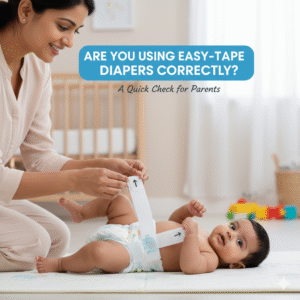
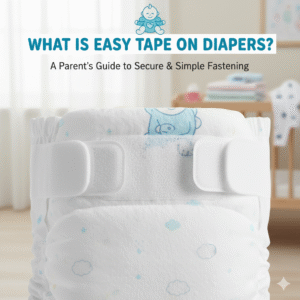
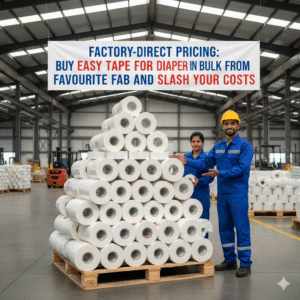
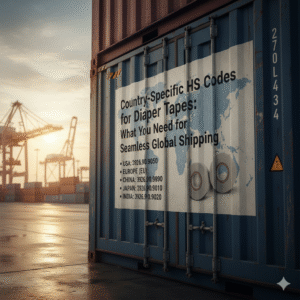
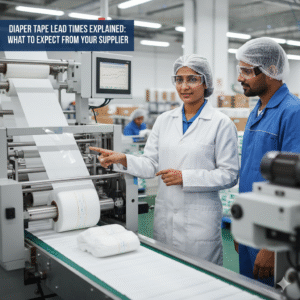
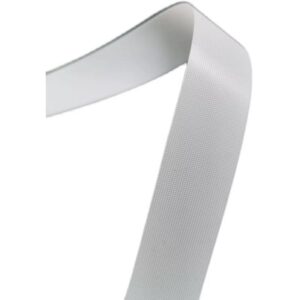
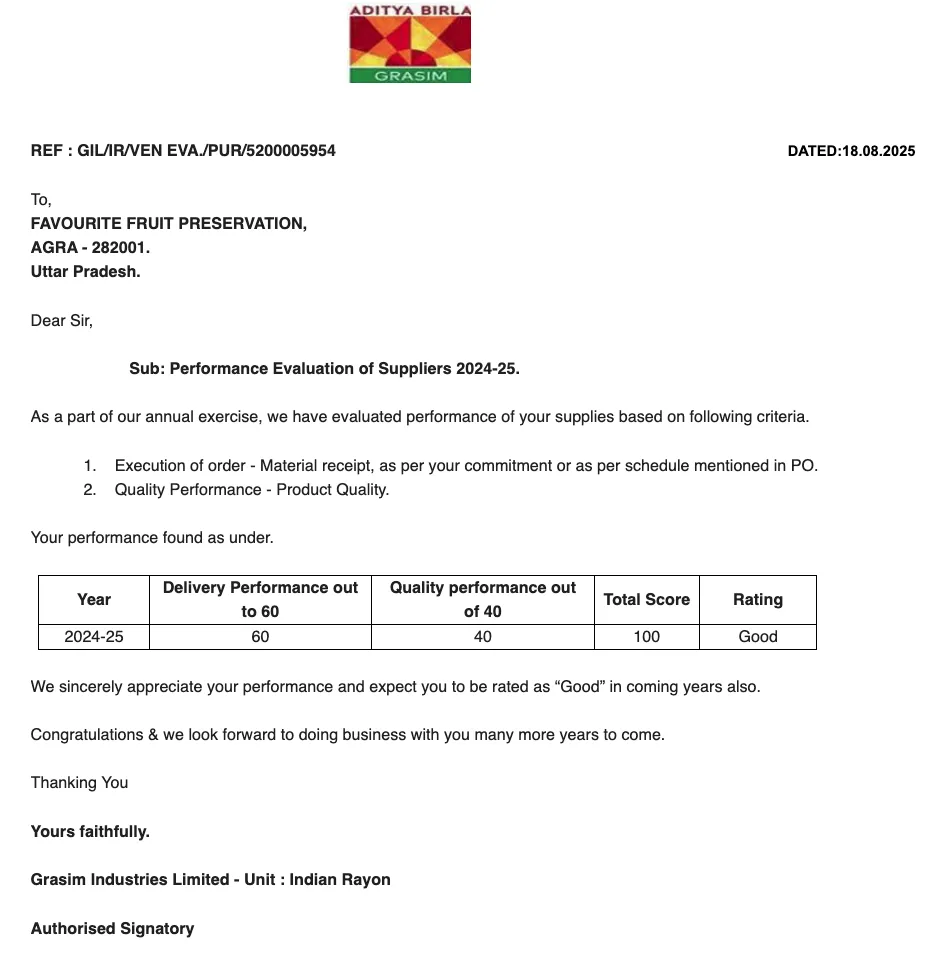




























We Do Business On Trust.Our Nonwoven fabric Business is Built on trust. Trust starts with Transparency.
Mr.Ramniwas Garg Founder Of Favourite Group